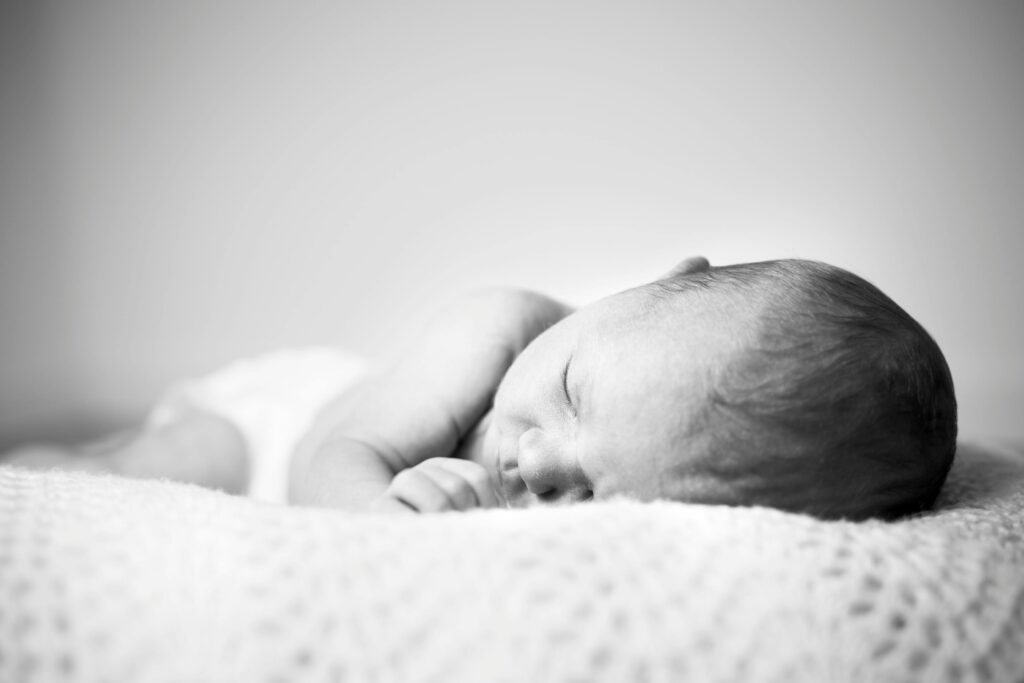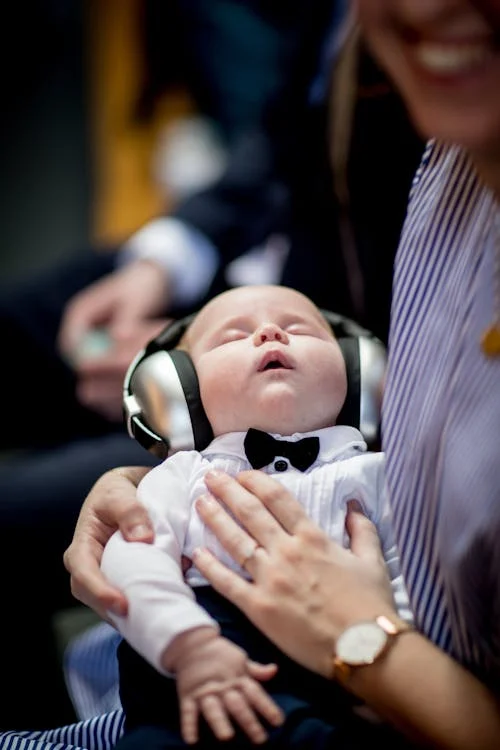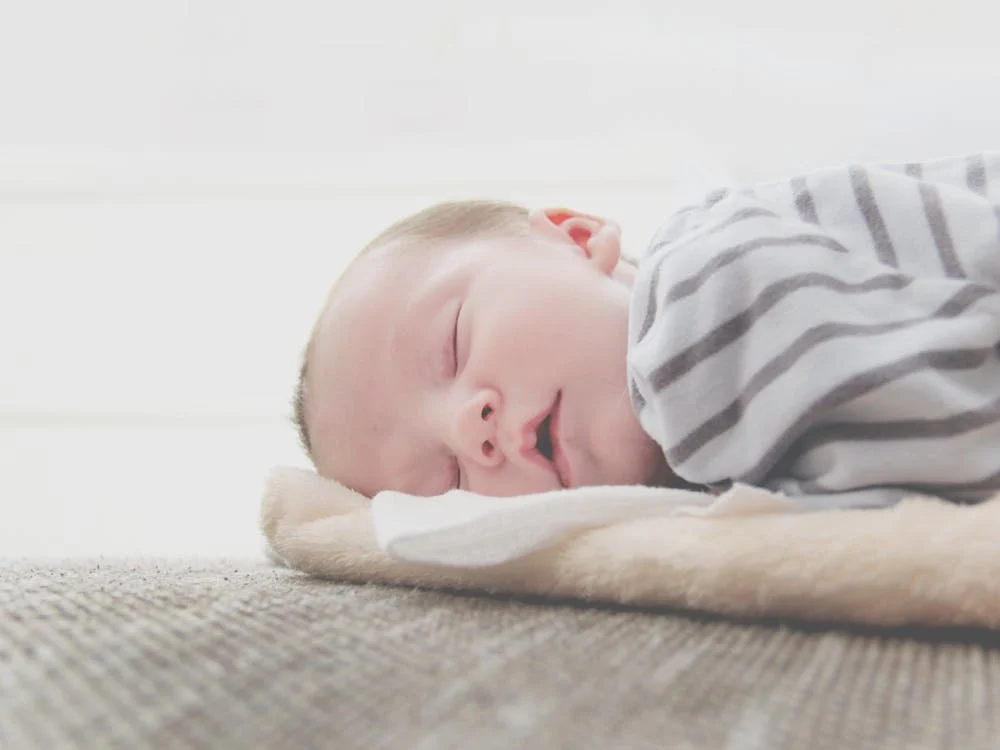Have you heard of a baby sleep sack? It is life changing! Good sleep is essential for everyone, especially babies, because it promotes brain and body development, overall health, and mood. With so much information available on obtaining a good night’s sleep, it’s critical to understand which things may assist your little one in falling and remaining asleep since, chances are, if the baby sleeps well, so will you!
Consider the sleep sack! A Sleep sack is a must-have for every parent. These wearable, zipped blankets mimic swaddling, allowing them to sleep better for longer.
Table of Contents
What Do Sleep Sacks Do?

Sleep sacks are great for helping your infant’s body temperature stay regulated. This prevents them from being too chilly or hot, ensuring they sleep comfortably. A baby sleep sack also removes the need for a blanket, which, according to the American Academy of Pediatrics, is dangerous.
Do Sleep Sacks Help Babies Sleep?

The traditional sleep sack forms a pouch around the baby’s legs, allowing for lots of movement but making it difficult for a toddler to swing a leg over the edge of the crib and climb out.
Will a sleep sack transform your kid into a champion sleeper all on its own? Probably not. However, it is safe to provide warmth and comfort to your child. Baby sleep sacks can also help cue when it’s time to transition to sleep, resulting in an easy bedtime.
Suppose you’re wondering why you can’t just use a blanket to keep your kid warm. The American Academy of Pediatrics (AAP) recommends keeping loose blankets and unfitted sheets out of a baby’s sleeping area for the first 12 months to limit the risk of sleep-related harm. Sleep sacks provide a safer alternative.
Sleep Sack Guideline
When looking for a sleep sack, consider size, comfort, and safety. It’s best to use one until your child is at least 12 months old, as a loose blanket can raise the risk of sleep-related injury or death. Feel free to continue using a sleep sack if it fits well and your child appears comfortable wearing it. For example, suppose your toddler begins to unzip, remove, and toss the wearable blanket at your head frequently. In that case, it’s time to stop using it.
When Should You Stop Using A Baby Sleep Sack
While the AAP advises against using blankets on infants, loose blankets aren’t ideal for toddlers and preschoolers. Blankets tend to move about, especially with active sleepers. Sleep sacks help prevent nighttime wake-ups and help your child have a more comfortable sleep.
If your child is comfortable in a sleep sack, they can wear it until they outgrow the largest size. Traditional sleep sacks (with a sleeping bag-style pouch at the bottom) often suit children weighing up to 36 pounds and 40 inches long.
How Do You Transition Your Baby From Swaddle To Sleep Sack?

If you’ve decided to swaddle your baby for maximum comfort, the moment will come to transition out of it.
Fast transition: When your baby begins to roll (typically between 2 and 4 months old) or breaks free regularly, remove the swaddle since the loose blanket can create a dangerous sleep environment, increasing the risk of suffocation. At that point, it’s time for a quick change: goodbye baby burrito, hello sleep sack.
Slow transition: In some circumstances, you can use a more gradual approach. This is a beautiful option for babies who have not yet started rolling but are approaching four months old and have been battling the swaddle. Begin by leaving one or both arms out before bedtime. Following the first night of waking, you can fully re-swaddle. After your baby has had 2 – 3 nights to adjust, you can progress to arms out for the entire night, naps, and swap the swaddle for a sleep sack.
In either case, expect some adjustment time. Whether you make a quick or gentle shift, newborns tend to wake up more when their arms are no longer trapped in the swaddle. They’ll get used to falling asleep in this new way with time.
How To Dress Your Baby Under The Sleep Sack
Consider the room temperature and the number of layers of clothing you’ll need. In general, dress your baby in the same number of layers as you would for sleep or one more if necessary.
Do not over-bundle. Overheating can raise the risk of sudden infant death syndrome (SIDS), so keep an eye out for symptoms that your baby is hot, such as sweat, flushed skin, or a hot chest to the touch. Depending on the temperature and thickness of the blanket, your infant may be comfortable wearing only a onesie or long-sleeved pajamas underneath the baby sleep sack.
Can Babies Sleep On Their Stomachs In A Sleep Sack?
Your baby should sleep in no position other than their back for the first 12 months of life. Babies don’t always stay on their backs, though! If your infant turns onto their stomach, you don’t have to turn them back over as long as they can roll both ways.
Life Changing

Several baby sleep sack items are made specifically for moving out of the swaddle. These can be useful for babies who wake frequently at night because of the Moro reflex, which usually begins to fade at about 12 weeks. Follow the manufacturer’s directions and the AAP recommendations to ensure safe sleep. Many have recommended the dreamland baby sleep sack. Try it today and change everything!


